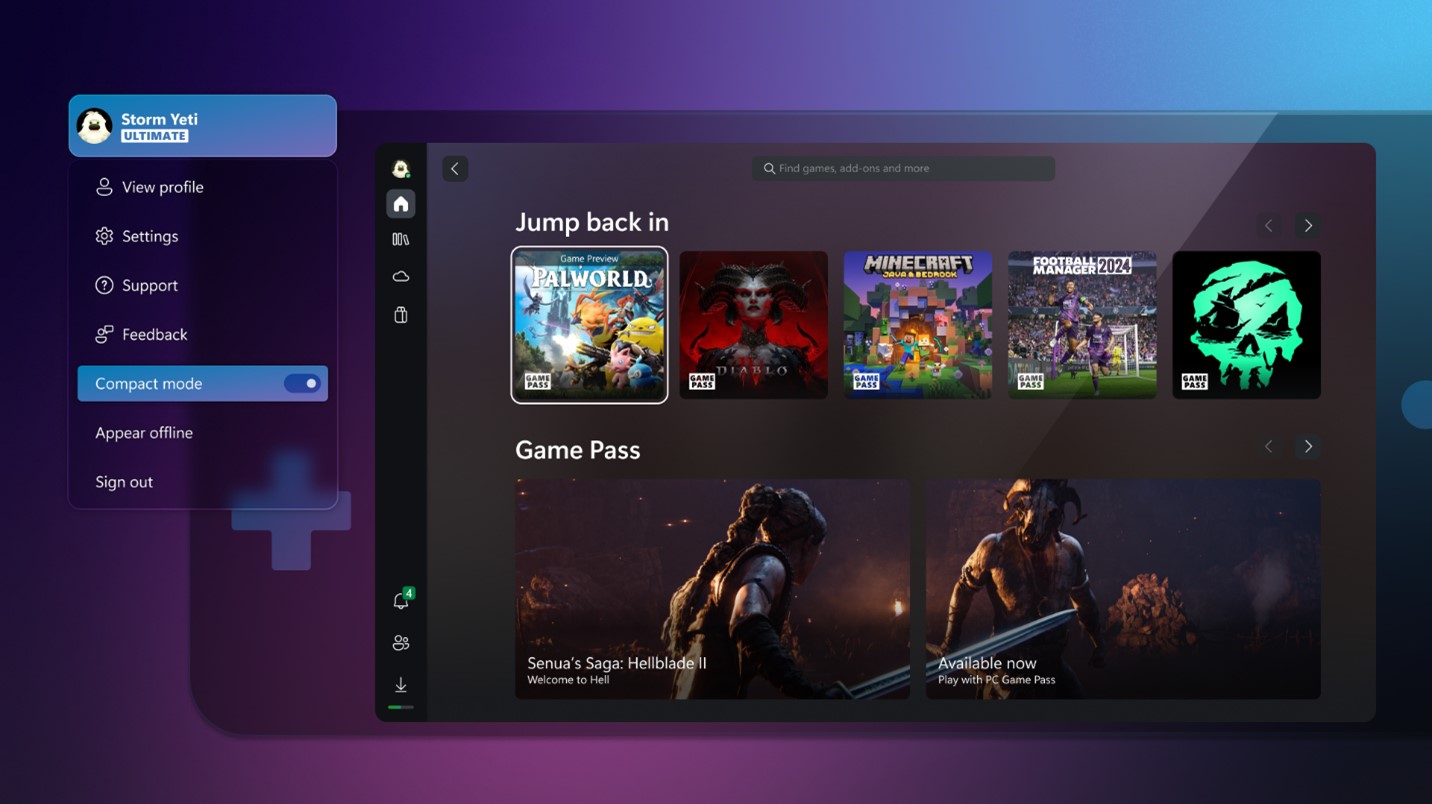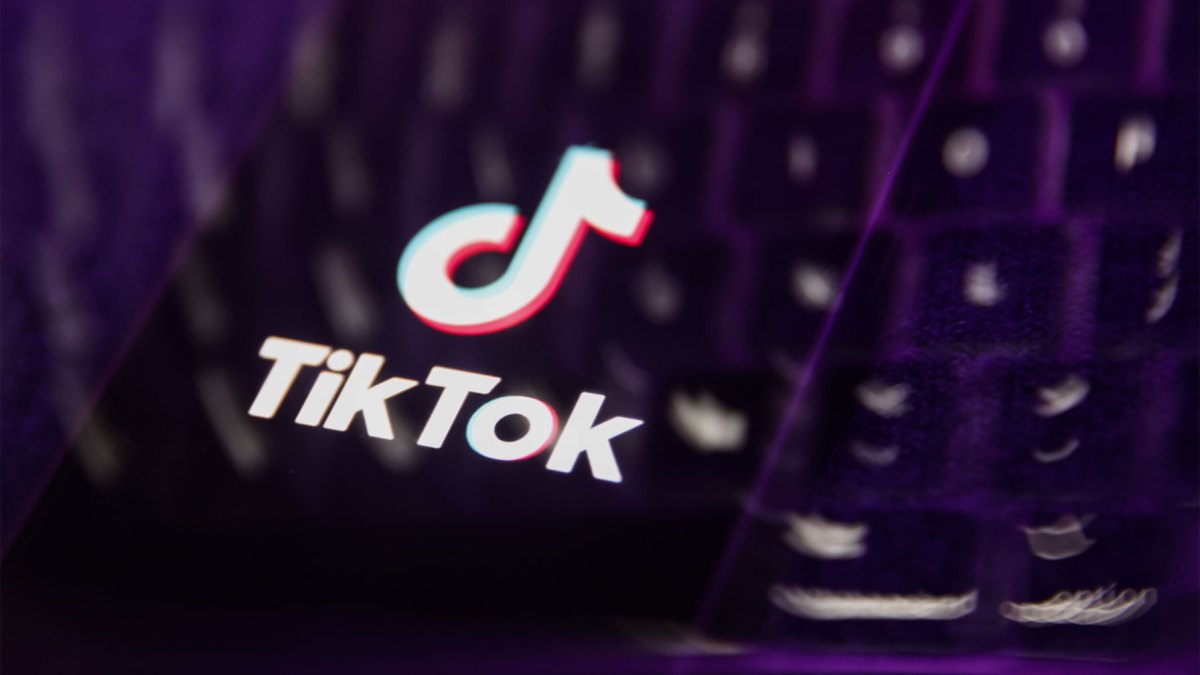
Match Group, the company that owns several dating apps, including Tinder and Hinge, released its first-quarter earnings report on Tuesday, which shows that Tinder’s paying user base has decreased for the sixth quarter in a row. On the other hand, Hinge has seen an increase in members who are willing to pay for the app. Tinder had 10 million paying users in Q1 2024, which is a 9% decrease from the previous year. Meanwhile, Hinge now has 1.4 million paying users, a 31% increase year over year.
The decline of Tinder was foreseeable due to the shift in dating app culture that has taken place in recent years. Younger users are more interested in pursuing serious, long-term relationships instead of casual hookups, which is what Tinder is known for. Since its inception, Hinge has gained popularity among users looking for more substantial connections.
While Tinder struggles to retain paying users, Hinge is on track to become a “$1 billion revenue business,” touts CEO Bernard Kim during a conference call with investors on Wednesday morning. Hinge has seen a sizeable revenue spike in the past six years, with direct revenue growing to $124 million in Q1, a 50% jump from the year prior. In 2023 alone, Hinge brought in $396 million.
One issue Tinder currently faces is convincing members to see value in its “à la carte” (ALC) features or in-app purchases, which include Super Likes, Boosts, “See Who Likes You,” and more. ALC revenue accounts for about 20% of Tinder’s direct revenue. However, in Q1 2024, ALC revenue decreased by 13%. This is in contrast to the record-high à la carte purchases in 2018.
Match Group CFO Gary Swidler admitted during the call that the weaker growth in à la carte revenue has been a downward trend for quite some time. However, it has been becoming “more severe of late” and is “hindering us to perform very well.”
“We believe the decline in ALC revenue stems from user declines and lower average purchase volumes, in part due to weaker consumer discretionary spending among its younger user base, among other reasons,” Swidler said, adding that Tinder payers are expected to decline at similar rates in the second quarter. The company expects there to be signs of improvement in Q3.
The main reason for adopting an à la carte offering was to address the needs of price-conscious Gen Zers, helping them get noticed by potential matches at a lower price tag. Match says it will continue to introduce new à la carte features on Tinder “at affordable price points” in future quarters, Swidler added.
However, instead of adding more options, Tinder may want to consider its sister dating app, Hinge, which only offers two à la carte features: Boosts and Roses.
Tinder has made several attempts to improve the overall product experience, including adding new safety features like “Share My Date,” where users can share their date plans with friends. Later this summer, the app will require face photos in everyone’s profile. It’ll also launch an AI Photo Selector feature that chooses 10 of the best pictures from a user’s camera roll to improve profile quality.








